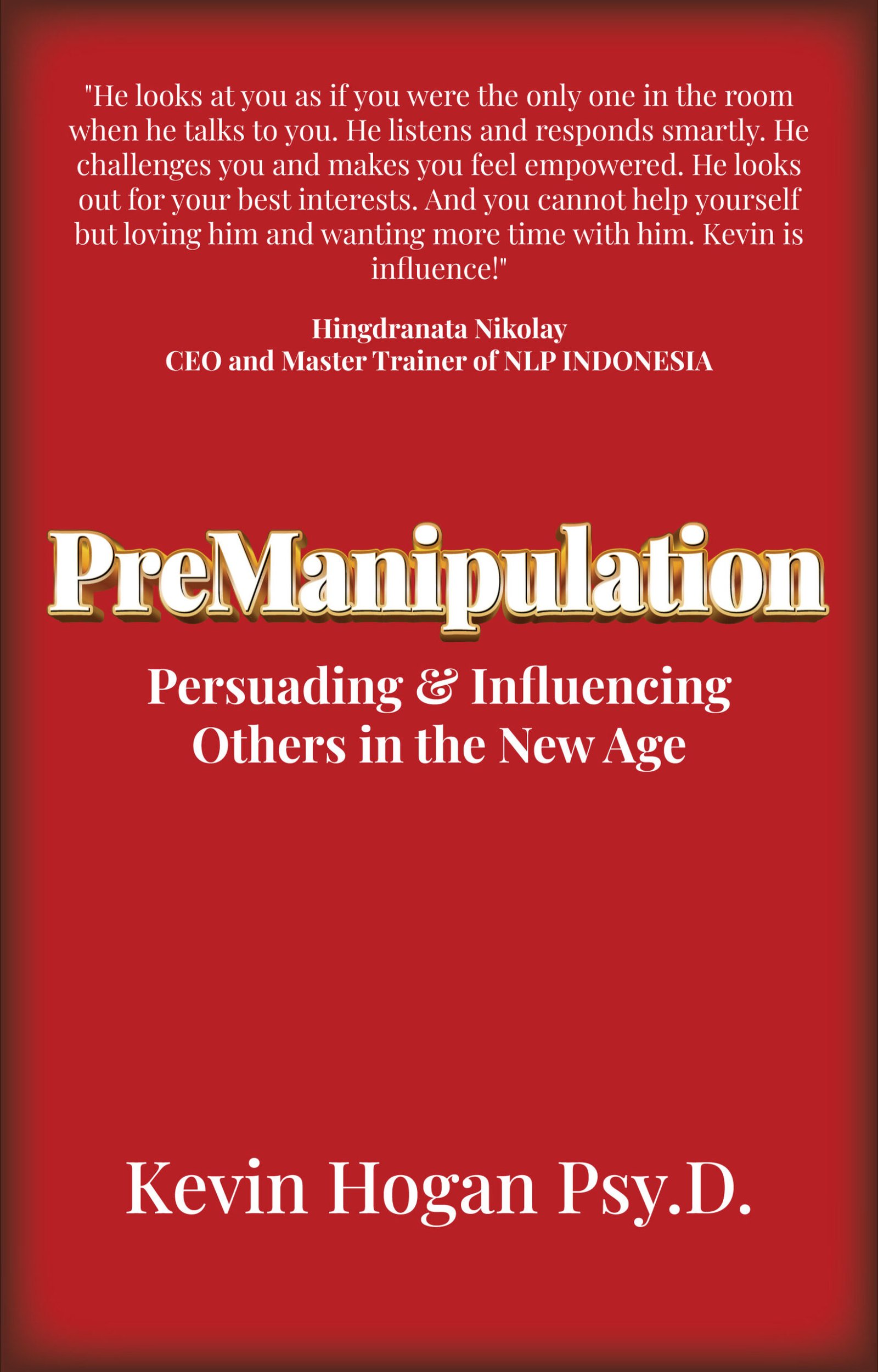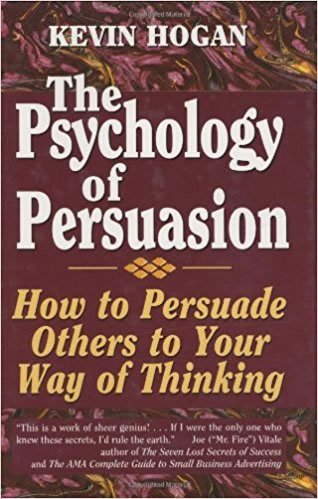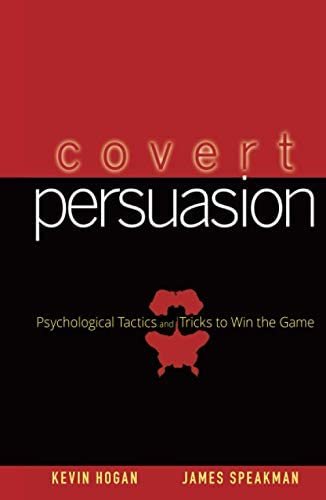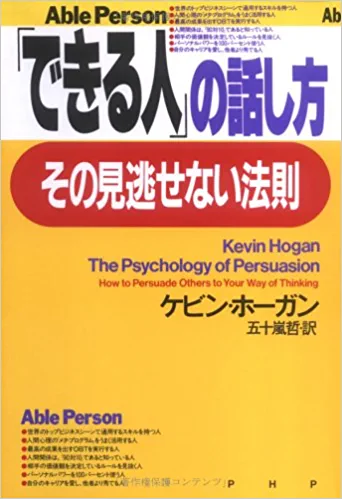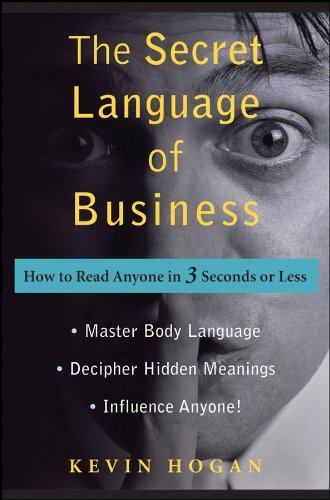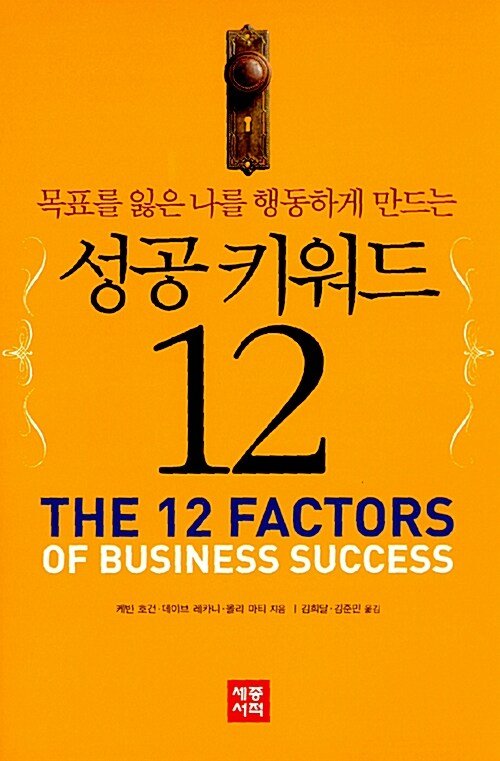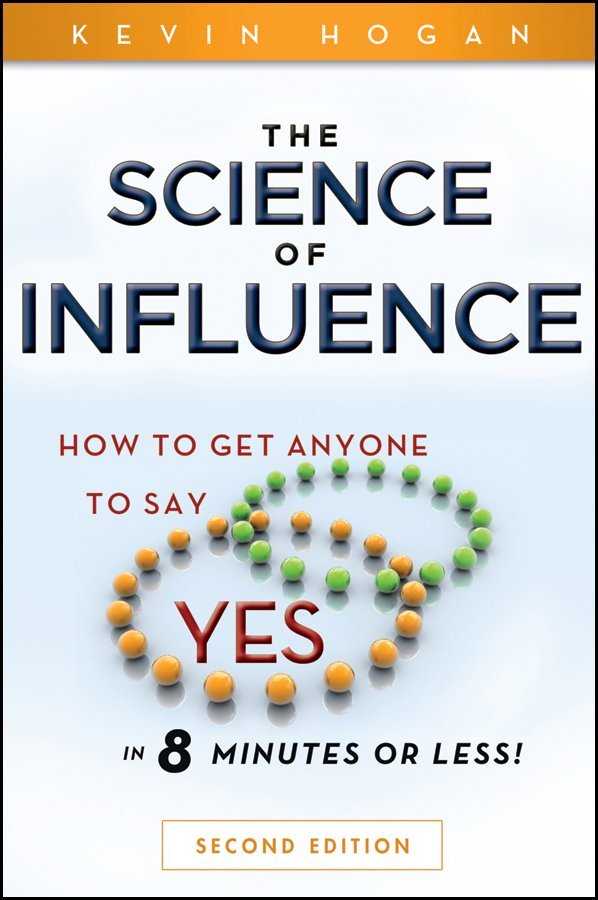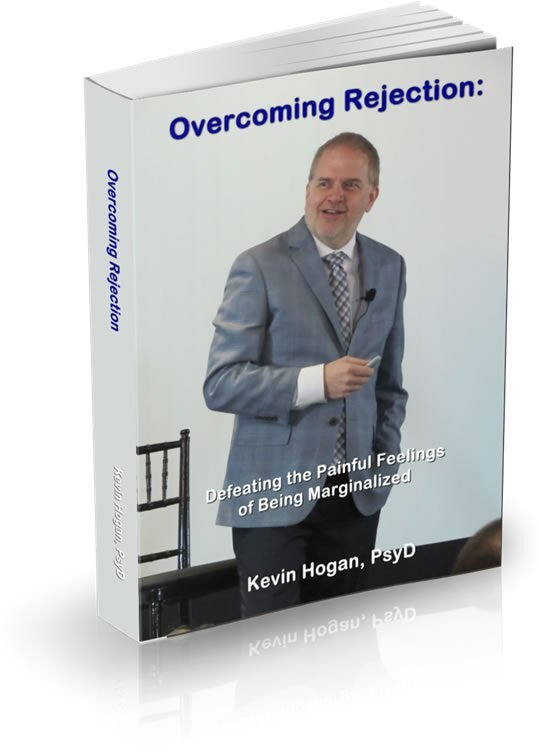It’s always fun to bring you new research about what is working in advertising, sales, marketing and influence. This week we hit the cutting edge in research just released this week for three of our four techniques.
#1 Never knock a competitor or a competitor’s product or service…here’s why…
It’s tempting. Maybe they are unethical, doing something bad, or you simply don’t like them. But one thing is for sure. You better not say anything bad about them.
thing is for sure. You better not say anything bad about them.
The reason is not so altruistic. There’s a lot of people that deserve a good scathing in public. Problem is that when someone says something bad about someone or a product, an interesting thing happens in the memory of the listener or reader.
The memory of the “warning” to not do business with them switches from “don’t” to “do” and it begins happening about three days later.
The effect is true for most people and most profound in older adults.
And it goes further.
Imagine that someone reads a bogus claim like “shark cartilage helps arthritis.” Now say the person read it in The National Enquirer. At the time maybe they think, “I don’t know.”
Then later, even a few days later they run into a similar line of thinking or a question about arthritis…and you know what happens?
“I read somewhere that shark cartilage helps arthritis.”
And so it begins. The context of the memory fades and the bogus claim becomes truth in the mind of the Enquirer reader.
#2 Repeating a claim, even a false one, makes it far more likely to be seen as true.
 Remember the old saying, “a lie repeated often enough becomes truth?”
Remember the old saying, “a lie repeated often enough becomes truth?”
Turns out the adage is true. (oh boy)
So from the influential and persuasive point of view, it’s important that claims that are true are repeated just as often or more often than those of someone else’s less than true claims.
The fact is repetition causes familiarity and familiarity is seen as “truth.” It is felt by the individual as “comfortable.”
They get a gut level “intuition” that something is right and true because it has been repeated over and over and through exposure and neural wiring…it becomes truth whether there is anything to the claim or not.
(Skurnik, Yoon, Park, Schwarz @ Univ. Toronto recently released this and other mind blowing research I’ll share with you over the coming months.)
#3 Never use an adjective or adverb if you are trying to discourage your client from using someone else’s products or services.
 Don’t say, “I heard X is bad for Y.”
Don’t say, “I heard X is bad for Y.”
All that will be remembered is that “X is for Y.”
There are a lot of nuances but stating what it is that you want the person to remember is far safer than stating something you don’t want them to use or do.
Example: If you sell life insurance for Hartford you don’t want to say, “I heard that Hancock has had troubles lately.”
You do this and all the potential customer remembers is Hancock and life insurance. Congratulations: You just made a sale for your competitor.
#4 Oscillation
It’s a technical sounding word…a strange word…and it is one of the best kept secrets in human influence. None of the gurus of persuasion or influence talk about oscillation (and frankly they probably don’t know what it is…which is fine).
Why, if not ignorance?
First, it probably is forgivable ignorance… but second, if anyone did understand oscillation they certainly wouldn’t put it “out there” at no charge…well…OK…maybe here!
Very few people in marketing and advertising, who understand oscillation, want anyone else to really grasp the concept. Oscillating beliefs and values are key in successfully understanding and persuading others.
As you learn about what Oscillation is and how to manage it in other people, I want you to keep the following in mind:
Core Concept: Yes! Is not a true and final decision. It is agreement or affirmation to a “proposal” at a particular instant in time… and you had best seize the moment.
Had you asked for a response five minutes earlier or later, you almost certainly would have received a different answer with a very different degree of certainty or uncertainly…regardless of what the question was!
 Remember when you were 16 or 26 and you were in that moment where you were probably going to be intimate with someone else? Your heart pounded. You knew you could get pregnant, or get her pregnant, or get AIDS or syphilis. You had always thought you believed that you would never have unprotected or possibly premarital sex.
Remember when you were 16 or 26 and you were in that moment where you were probably going to be intimate with someone else? Your heart pounded. You knew you could get pregnant, or get her pregnant, or get AIDS or syphilis. You had always thought you believed that you would never have unprotected or possibly premarital sex.
Perhaps you:
- Thought it was “wrong”.
- Knew it was “against your religion.”
- Would never take the risk of acquiring a life threatening disease.
- Would never take the risk of becoming pregnant.
- Believed you should wait to have sex until you were married.
- Were waiting for “the right person.”
Remember? Your beliefs were strong. Firm. Written in stone. You could have preached the sermon about whichever of these beliefs you held close and lived by. (If this specific example is foreign to you, simply think of the other firm beliefs you had that you violated within a matter of seconds or minutes of “thinking.”)
 And then you were in the moment. And you had this experience that was something you knew you wouldn’t do, but you did. Upon reflection, you were surprised at your behavior. Perhaps you were shocked. You now had to try and justify your actions in some way or determine that what you originally believed was wrong. An internal mess. Remember?
And then you were in the moment. And you had this experience that was something you knew you wouldn’t do, but you did. Upon reflection, you were surprised at your behavior. Perhaps you were shocked. You now had to try and justify your actions in some way or determine that what you originally believed was wrong. An internal mess. Remember?
Examine what happened on that day:
- You held a powerful, intense, unwavering belief for a long time.
- You knew that you would never behave in a different fashion than what you believed.
- With only minutes of consideration, you violated a belief you had for years and perhaps your life.
- Afterward: You wondered if you really knew “who you were” or not…or worse, experienced tons of guilt because you so easily and instantly wavered on something that was a belief that defined who you were. About this remarkable subject, you never oscillated or vacillated in the past. You were always absolutely certain about what you believed and how you felt. You knew you could never behave in any other way than what you valued and believed. It was as impossible as a mean reaching the moon in the 1960’s.
- And then you did “it.”
How is that possible?
I use this extreme example to begin our discussion of oscillation because in this example there is essentially no oscillation until the minutes before “the” moment. Then all of a sudden the wavering begins and it is often experienced as scary because conflicting beliefs now begin to enter the mind. Back and forth, pro and con. Strong feelings/emotions overcome what we might call “rational thought,” and a lifetime of certainty is transformed after minutes of oscillation to a completely different behavior.
 In this case, there is no oscillation, then there is a burst of oscillation and indecision (often accompanied by confusion), and then a specific behavior. After the behavior, something must happen to make the individual “whole” or “congruent” again. The person must reconcile the behavior with the previous beliefs by either establishing new beliefs, condemn themselves, or return to their old beliefs with a renewed vigor realizing they have “not been themselves.” The oscillations after the behavior are often as dramatic or more dramatic than those prior to the behavior.
In this case, there is no oscillation, then there is a burst of oscillation and indecision (often accompanied by confusion), and then a specific behavior. After the behavior, something must happen to make the individual “whole” or “congruent” again. The person must reconcile the behavior with the previous beliefs by either establishing new beliefs, condemn themselves, or return to their old beliefs with a renewed vigor realizing they have “not been themselves.” The oscillations after the behavior are often as dramatic or more dramatic than those prior to the behavior.
You don’t really know… until you think you know… and then you think you’re smarter than you are!
Here’s what happens: There is typically an arbitrary decision point that is set in almost every negotiation/communication/decision. (I have to know today. If we don’t have a deal by the 31st, I let someone else have it. If you buy today you get 10% off.) A decision needs to be or probably will be made. In some cases, if an obvious decision isn’t instantly made (Yes, I will pull over for the police officer because I don’t want this ticket to be higher than it is now.) things could get worse. Almost all decisions that require conscious thought (most decisions require no thought or conscious attention at all) find people oscillating back and forth as to what to do, especially BEFORE the decision point.
Realize that people would make a very different decision at 5:00PM than at 5:05PM on something that goes back and forth a lot in the mind!
 People literally “change their mind” as each moment passes in many decisions.
People literally “change their mind” as each moment passes in many decisions.
Unless people have firm beliefs as discussed earlier in the decision to have sex, people are constantly oscillating on decisions. Back and forth. Back and forth. Sometimes with varying degrees of intensity. “No, absolutely not.” That was today. Then tomorrow, “Well maybe.” Then the next day: “I don’t think so, it’s possible.”
You can see the pendulum swing back and forth, or the child on the swing go higher or lower. More important for our discussion is that oscillation is not only a day to day experience. It is a moment to moment experience. “Yes” and “no” in varying degrees flip flop from moment to moment and minute to minute.
The oscillation will continue indefinitely unless a new stimulus enters the equation…and then any change is subject to further change.
Once persuaded to do anything there is definitely short term change in behavior.
Instead of doing one thing, a person does another. Instead of believing one thing, a person believes another. Nevertheless, people can and do regularly change even strong beliefs. The more public a person is with their belief/behavior, the more likely they are to maintain that belief. (The minister of the church is more likely to maintain his belief than the parishioner sitting in row 30 because of the weekly public exposition of his beliefs through sermons and prayers.)
Beliefs and behaviors that are not made public are more likely to change from future attempts at persuasion.
Someone who begins a diet plan and attends classes or meetings is likely to continue to succeed while attending the classes. As soon as the person stops attending the classes or going to the meetings, the chances are greatly increased that they will stop their weight control program and revert to old beliefs and behaviors.
The more people and the more important those people’s opinions about a person are, the more powerful the desire one has to keep the new belief or behavior consistent with their new belief.
Is there anything we can reliably predict will happen after a person has been persuaded?
Yes. Once someone has been persuaded there is a very good chance they will go through oscillations of regret, sometimes so great that they will actually immediately change their mind again and cancel a purchase or not take a job they thought they should, for example.
You can virtually eliminate this specific reaction through the utilization of principles that allow someone to anticipate their regret prior to the decision point so that when they experience the change of belief/behavior they will expect it and react in a less intense fashion.
![]()
![]()
![]()
Secrets of Sales Success
with Kevin Hogan
NEW!
FOUR DVD program
I’ve never believed you should just get out there and knock on doors or make phone calls. My belief is that you should let everyone buy from you. But almost no one sells like that. Sales is art and science and for people who want to sell more than the “average” you need better than average new information to compete. It’s that simple.
Asked to put together an inexpensive program that incorporates what you want most to sell more, I’ve taken these DVDs and put them together into one program that is heavily discounted for your acquisition.
Here’s what you get:
DVD ONE: Selling Yourself to Others: 21 Key Ideas in Selling (That No One Ever Taught You!)
People buy YOU not just your products and services. This brand DVD contains new selling strategies never released before based upon scientific advances in behavioral genetics and tested in real life selling situations! This one hour presentation will help you increase your sales in a scientific fashion. Best? It’s amazingly easy to learn and apply this material!
DVD TWO: The 10 Laws of Persuasion
Taped “live” in a beautiful television studio at a Fortune 500 company, Kevin Hogan gives you the foundation for persuasive communication. Whether you are a leader in business, own your own business, or are a salesperson, you cannot successfully gain compliance without knowledge of the laws of persuasion.
In order to fully comprehend the process of persuasion, you must understand some basic concepts, or principles, of persuasion. These concepts provide the foundation for the paradigm of persuasion.
Included are the nine principles that come into play in daily life as well as in persuasion settings, whether you’re a salesperson, public speaker, consumer, husband, wife, father or friend. These are the Laws of Persuasion.
DVD THREE: The Attraction Principle: How to Manifest Your Every Desire in Life
Learn the difference between success and failure in bringing about what you desire in your life. What is the EXACT formula that will enable you to manifest the dreams and desires you have been nurturing? Learn it all here. Kevin Hogan presents his Attraction Principle.
DVD FOUR: 21st Century Selling: Selling the Way People BUY!
Learn all the key triggers that cause people to buy in the new millennium. Based upon cutting edge research into sales psychology and years of experience, you will learn how to be the obvious answer to many of your clients’ problems.
You will discover how to program the neurology of your brain so you literally FIND success in selling yourself. You’ll also learn how to create the outcomes of sales interviews BEFORE they happen. Most importantly, you will uncover the secrets of developing personal mastery…the focal point of how most of your customers will judge you and deem you worthy or not of buying from.
Everything in this presentation has been TESTED in real life by real salespeople whose lives depend on their making the sale. Every concept, strategy, tactic and game-plan in this program has been PROVEN successful at raising your closing ratio and igniting your personal self motivation levels to new highs.
Altogether you get over four hours of truly astonishing information. Easily worth thousands of dollars, this is the equivalent of Kevin’s $25,000 one day sales training.

